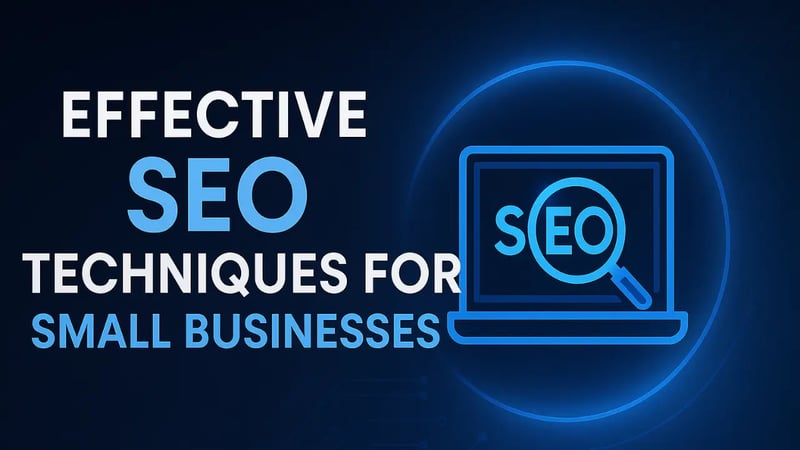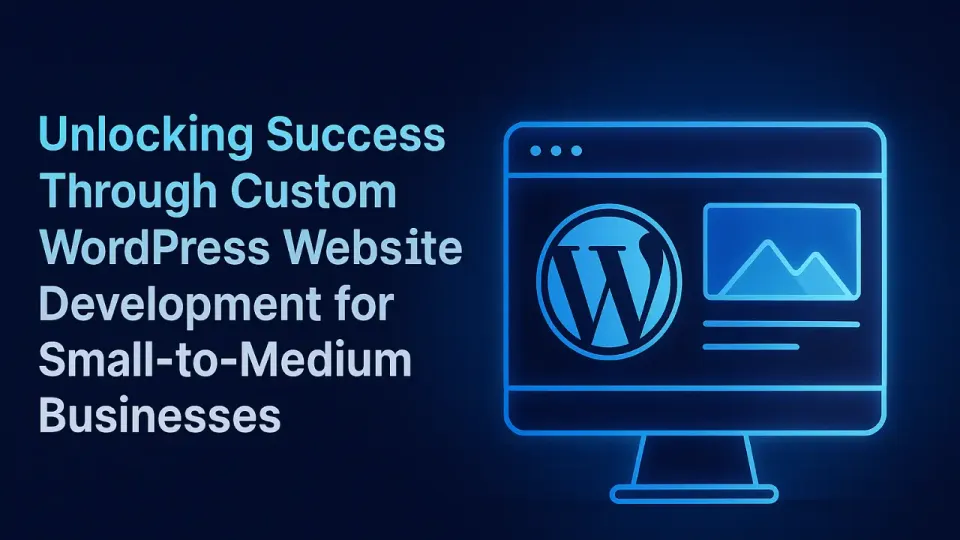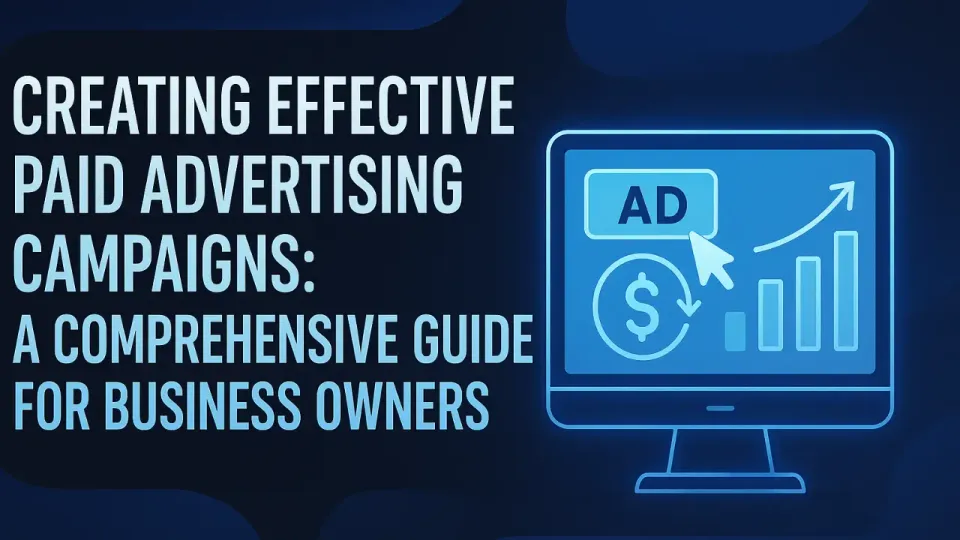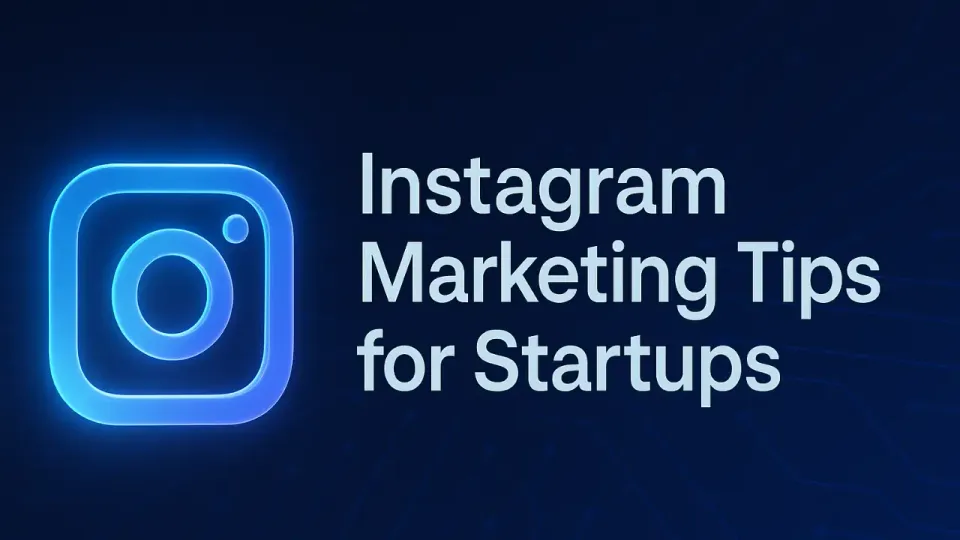Effective SEO Techniques for Small Businesses
Explore effective SEO techniques tailored for small businesses to increase visibility, attract qualified leads, and drive revenue growth. Discover actionable strategies for optimization.

In today’s competitive digital landscape, small businesses cannot afford to neglect their online presence. With more consumers turning to Google to find products and services, employing effective SEO techniques is crucial to elevate visibility and drive traffic. So, how can small businesses harness the power of SEO to grow their customer base and boost revenue? Let’s delve into some actionable strategies designed specifically with you in mind.
Understanding Your Audience and Keywords
The first step in establishing an effective SEO strategy is understanding your audience. This involves identifying who your potential customers are and what they are searching for. Tools like Google Keyword Planner or SEMrush can help you find relevant keywords that resonate with your target demographic.
For instance, if you run a local bakery in Hoover, AL, keywords such as "best bakery in Hoover" or "fresh pastries near me" can attract those searching for your offerings. By incorporating these keywords into your website content, you will improve your chances of appearing in search results.
On-Page SEO: Optimizing Your Content
Once you’ve identified relevant keywords, it’s time to optimize your website’s content. On-page SEO involves ensuring that your web pages are structured and formatted in a way that search engines can easily understand. Here are essential elements to include:
- Title Tags and Meta Descriptions: Each page should have a unique title and a compelling meta description that contains your primary keywords. This not only helps search engines but also encourages users to click on your link.
- Headers and Subheaders: Use headers (H1, H2, H3) to structure your content. This breaks up the text and makes it more digestible for readers and search engines alike.
- Internal Linking: Enhance user experience and spread link equity throughout your site by linking to relevant pages within your own website. This encourages visitors to explore more of your content, increasing engagement and time spent on-site.
Take the example of a small furniture store that optimized their product pages with images labeled with alt text (like "wooden dining table") and included detailed descriptions. This effort significantly improved their ranking for related searches which led to an increase in foot traffic and online sales.
Local SEO: Capturing Nearby Customers
For small businesses, especially those with a local clientele, mastering local SEO is essential. This strategy involves optimizing your online presence to attract business from local searches. Here’s how to do it:
- Google My Business: Claim your Google My Business listing and complete it with accurate information—address, phone number, hours of operation, and compelling descriptions of your services.
- Customer Reviews: Encourage satisfied customers to leave positive reviews. Reviews do wonders for local search rankings and can sway potential customers’ purchasing decisions.
- Local Keywords: Incorporate local keywords into your content. Phrases like "pizza in Hoover" or "Hoover lawn care services" can attract people specifically looking for services in your area.
A local coffee shop, by focusing on local SEO, saw a 35% increase in foot traffic after just a few months of optimizing their Google My Business listing and actively engaging with reviews.
Creating Quality Content That Engages
Content is an ongoing aspect of your SEO strategy that will keep your audience coming back for more. Create high-quality, informative, and engaging content that provides value to your readers. Here are several tips to get started:
- Blogging: Start a blog that shares insights about your industry. For instance, a landscaping business could post tips on seasonal garden care.
- Use Visuals: Incorporate images, videos, and infographics to make your content visually appealing. This not only enhances user engagement but also improves shareability.
- Answer Questions: Provide solutions to common questions your customers have. This builds trust and positions you as an authority in your field.
By consistently producing value-driven content, you can boost your online visibility, drawing in traffic that will convert to sales. A local toy store that started blogging about educational toys for children soon doubled its online interaction and grew its social media following, leading to measurable increases in store visits.
Analytics: Measuring and Adjusting Your Strategy
Lastly, always monitor your SEO efforts through analytics tools like Google Analytics and Search Console. These platforms provide invaluable insights into how your website is performing, what content is attracting visitors, and where your traffic is coming from.
If particular keywords are underperforming, don’t hesitate to pivot your strategy—whether it be by adjusting your keyword focus or creating new content based on user behavior. One e-commerce store tweaked its keyword strategy and within three months, reported a 150% increase in organic search traffic. By being proactive, you can keep up with the ever-evolving digital landscape.
Conclusion
Implementing Effective SEO techniques for small businesses isn’t just beneficial; it’s essential for surviving in today’s digital age. By understanding your audience, optimizing your content, focusing on local strategies, creating quality content, and measuring your success, you can increase your visibility, attract qualified leads, and ultimately drive more sales. Small adjustments can lead to significant results, so don’t wait—get started on these strategies today!
FAQs
- What is the best SEO technique for small businesses? Understanding your audience and focusing on relevant local keywords can be considered the top technique for small businesses.
- How long does it take to see results from SEO? SEO can take anywhere from a few weeks to several months to show significant results, depending on various factors like competition and content quality.
- Should I consider paid ads in conjunction with SEO? Yes, combining SEO with paid ads can enhance visibility while you develop your organic search presence.
- What are some common SEO mistakes small businesses make? Common mistakes include neglecting local SEO, keyword stuffing, and failing to optimize website mobile usability.
- What tools can help with SEO? Tools like Google Analytics, SEMrush, Ahrefs, and Moz are great for analyzing and improving your SEO strategy.
"Joining this community has been a game-changer for staying updated on the latest trends & events!" - John B.





